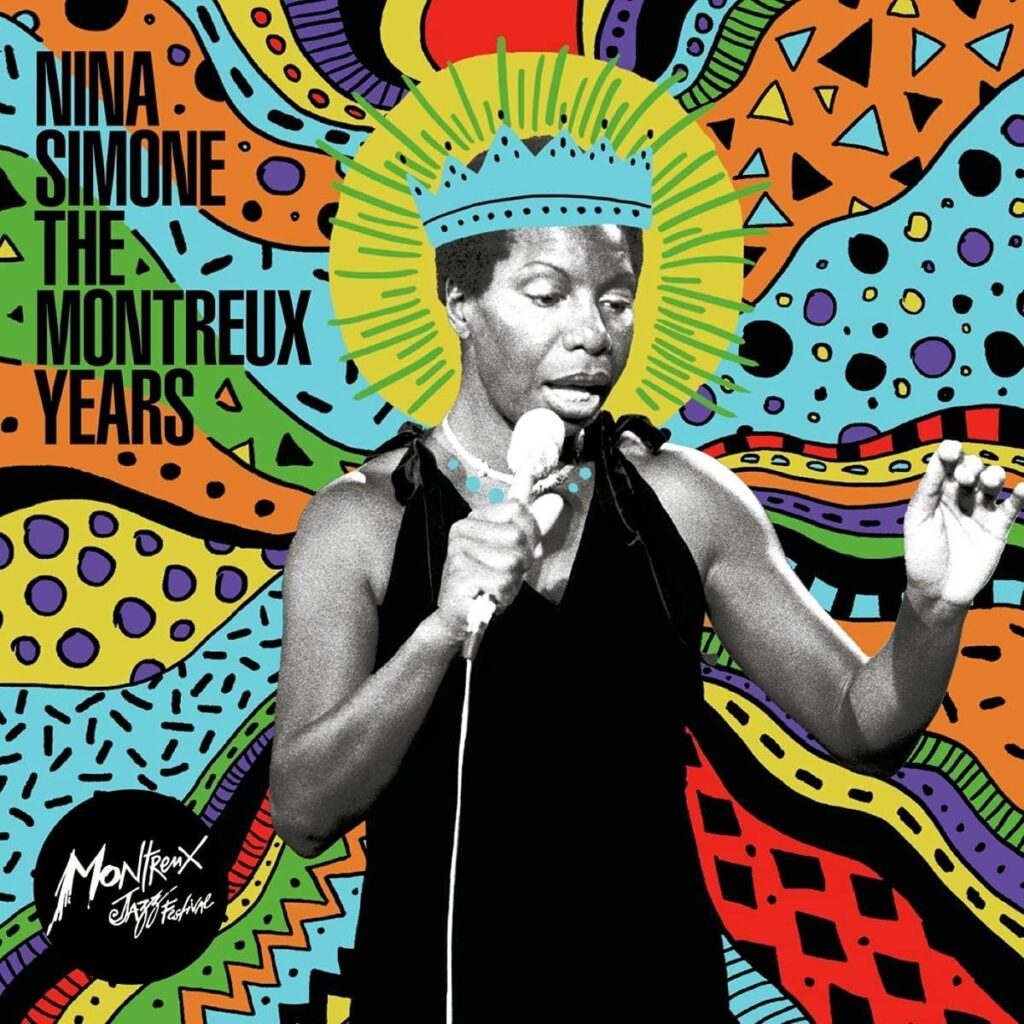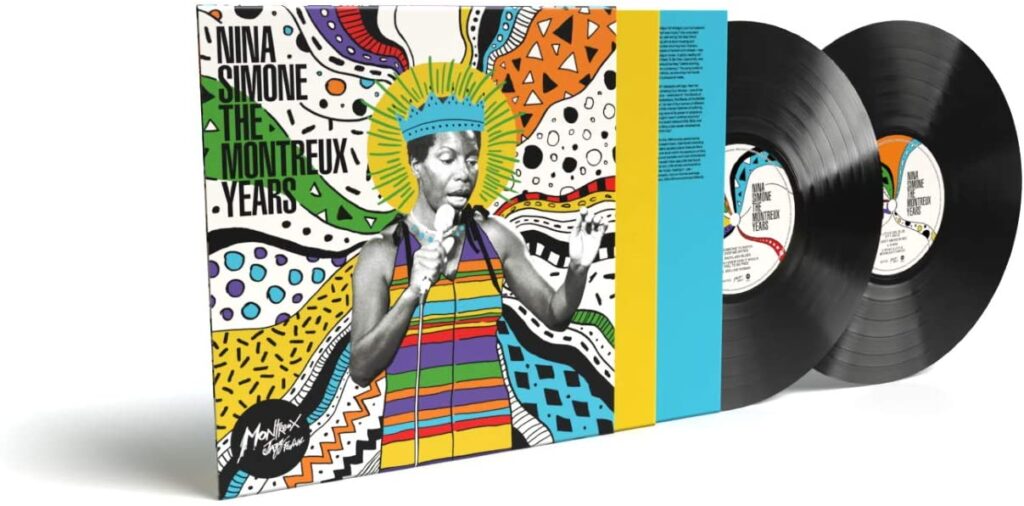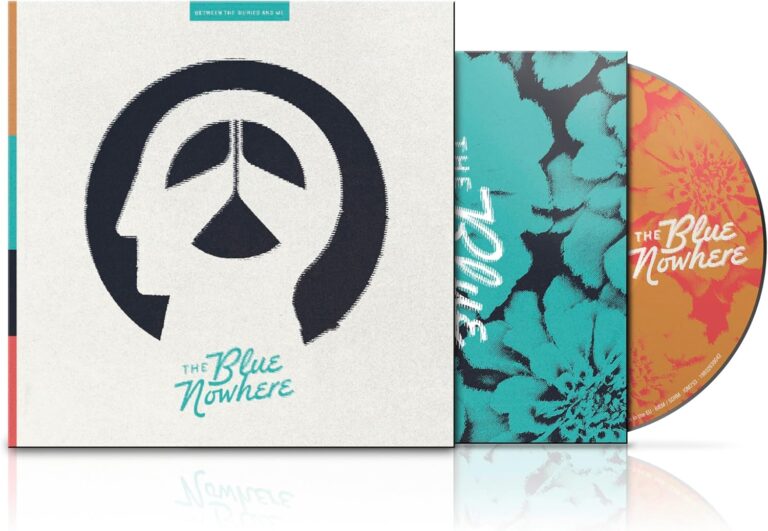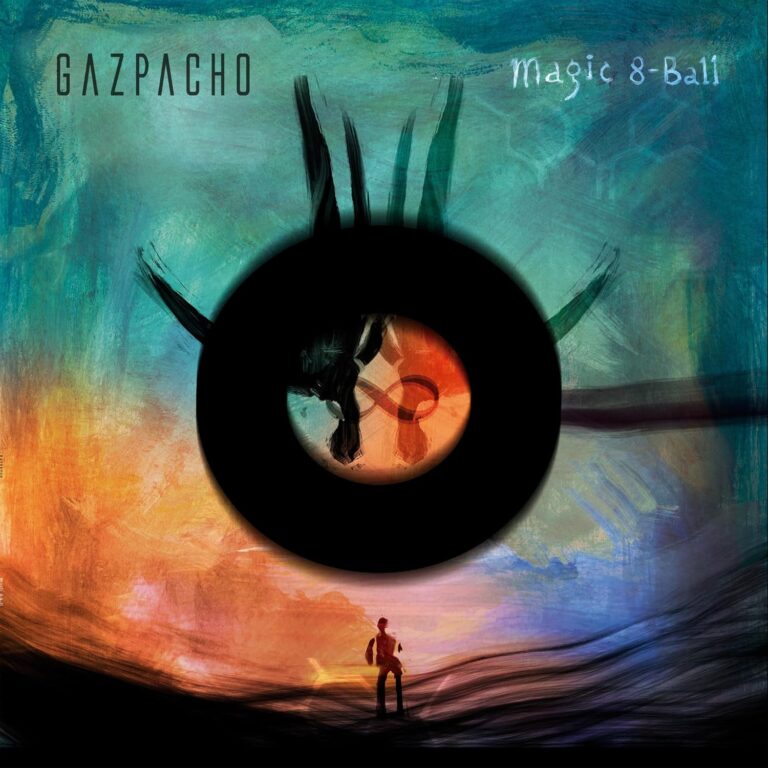
One of two releases from the Montreux Jazz Festival Archives, an unprecedented collection featuring over 5000 artist performances, Nina Simone The Montreux Years is a stunning gift for music fans seeking insight into the career of an unparalleled artist. Available on double CD or double vinyl (reviewed here), the vinyl offers sixteen tracks recorded at five separate performances between 1968 and 1990, while the double CD offers an almost identical track list on CD one and the complete 1968 performance on CD two. Both versions are handsomely packaged and feature detailed liner notes from Steve Chick, who places the various performances into their appropriate historical context. Meanwhile, the audio restoration work and mastering of Tony Cousins (Massive Attack, The Verve, Bat For Lashes) is wonderfully dynamic, as evidenced at the climax to I Wish I Knew How It Would Feel To Be Free, when Nina’s hands cascade across the piano with real force.
Eschewing chronology, the pieces here have been seamlessly worked into a fantasy setlist (with snippets of conversation included) so that, despite the two decades that separate the first and last performances, it feels like one whirlwind concert. Thus, we begin in 1987 with Someone To Watch Over Me, Nina sat alone at the piano demonstrating her prowess with an instrumental performance that seems to envelop the listener. We then hurtle back in time to 1976. Nina is on stage with an unknown percussionist revelling in the wiry Backlash Blues (written by Langston Hughes and referencing the spiralling violence in Vietnam), and the performance is astonishing. You can hear the anticipation in the audience, and spontaneous applause breaks out at various points as Nina strains at the leash, putting every ounce of herself into a piece that bristles with barely concealed fury at the disparities of the times. From the same performance we get the aforementioned I Wish I Knew How It Would Feel To Be Free, a superficially slight number that disarms the listener before building to a furious finale. The first side closes with the predominantly acapella See-Line Woman (from 1990), although Leopoldo Fleming slowly builds in African percussion, giving the piece a hypnotic pulse.
Side B Opens on a sadder note. Another recording from 1976, it begins with Nina announcing her intention to quit the jazz world in order to ascend to the classical sphere. As history now records, her dreams did not come to fruition, which lends real poignancy to her performance of Little Girl Blue (Part 1 and 2). It opens with the melody of Good King Wenceslas and, like that well-worn Christmas carol, there’s a gentle melancholy that still resonates after all these years, although as the piano swells, you still have that sense of a performer utterly lost in the music she is playing. We stay in the blues, the lights dimmed low, for a bravura performance of Don’t Smoke In Bed from 1990. A breath-taking performance, it sees the audience awed into silence, only to erupt in applause at the climax and here the sound fades out, leaving the song as a moment in time that lingers long in the memory. From 1976, a gentle Stars provides a bridge to a lovely take on What A Little Moonlight Can Do (1990), bringing the first LP to an elegant, yet joyful close.
Opening Side C, Nina plays African Mailman at such a ferocious speed that you’re tempted to check you’ve got the vinyl properly set at 33 1/3. It’s an astonishing performance, recorded in 1976 with the unknown percussionist only just managing to keep up at the outset, although he comes into his own in the latter stages of the song. In contrast, Just In Time (from 1968) is a laid back, jazzy number that benefits from Gene Taylor’s smooth work on the double bass, even if the sound is a tad muddy thanks to the recording’s advanced age. With Nina’s intimate piano and percussion from Sam Waymon & Buck Clarke, it’s a really lovely piece. Hurtling forward in time, the recording techniques may have improved, but the performance remains as stunning as ever as Nina leads her band through a spritely Four Women dedicated to “the blacks of America, the blacks of Switzerland, the blacks of the Middle East and the blacks of Africa”. “They thought I wasn’t political anymore…” teases Nina, leading into a song that details the experiences of the titular four women. The side ends with Nina’s take on the Bob Marley classic No Woman No Cry. Performed with glee, Nina turns it into a sing-along that brings the entire crowd together as one making it a perfect choice for a set closer and a life-affirming moment on the record.

Side D remains primarily with the 1990 set and is sequenced as an encore. Following a short round of band intros, we get a sparkling Liberian Calypso (complete with audience participation), played with a panache that is utterly irresistible. The rapturous applause that greets it also runs over the intro of Jacques Brel’s evergreen Ne Me Quitte Pas, which Nina inhabits with customary vigoour. A brief hop back to 1981 sees an impish Nina (backed solely by festival organiser Claude Nobs on harmonica) dishing out the Montreux Blues (and exhorting the audience to join in) before the album spins to its close with an ecstatic My Baby Just Cares For Me and if you can hear the audience cheering and clapping in unison, then it simply means that you’re not clapping and cheering loud enough at home.
Beautifully restored, Nina Simone The Montreux Years is a fantasy performance from a justly feted talent. What shines through on these performances is not just Nina’s prodigious musical ability, but also her humour, her soul and her passionate spirit. The way she engages the audience, whether it be political or personal, stretches across the years, and you feel yourself wanting to cry and cheer right alongside those crowds of yesteryear throughout this remarkable double vinyl set. An absolute treasure trove, Nina Simone The Montreux Years is a remarkable tribute to a very special artist. 9.5/10




